LONG BEACH, Miss. – Between Mississippi’s seashore and the railroad tracks a little ways inland, where Hurricane Katrina all but erased a neighborhood 10 years ago, Efrem Garza and a handful of other homeowners are still resettling a frontier.
Once lined with houses and a small condominium complex, South Seashore Avenue in Long Beach was ravaged by wind and waves in 2005. Running from the beach highway to railroad tracks paralleling the shoreline – a zone of maximum destruction along the Mississippi coast – it was on the front lines of the storm’s fury.
Before Katrina, 10 houses and the condos stood between Garza’s house and the beach highway, U.S. 90. Now only two houses stand there, giving Garza a new, clear view of the Mississippi Sound from the breakfast table in his rebuilt home.
“It’s come back very slowly,” he said.
The storm leveled Garza’s house and others near the beach, pushed a giant wall of debris halfway up the block and flooded the houses closer to the railroad track’s elevated barrier.
Empty concrete slabs from vanished houses still linger on some lots. “For Sale” signs that sprouted after the storm still dot the roadway.
Although the overall population of Mississippi’s three coastal counties – Hancock, Harrison and Jackson – is now higher than before the storm, in many neighborhoods closest to the water the overgrown lots and empty slabs speak to a much slower recovery.
Unlike Garza, many former residents didn’t return, stung by their losses and spurning the gritty struggle to rebuild. Potential newcomers find expensive challenges, including mandates to elevate homes, and steep insurance costs against water and winds. A federal buyout program for surplus lots has stalled because Congress hasn’t appropriated money.
“I finally said ‘No, I don’t think I want to go back,’ ” said Elaine Brock, who lost her husband, John Noucher, to Katrina. “The few people I did know there weren’t going back, and it just seemed like too much of a ghost town.”
Brock, whose married name then was Noucher, was in Florida for a doctor’s appointment and couldn’t persuade her husband to flee before the storm. His body was eventually found in the remains of a neighbor’s house, six doors north, and identified by his pacemaker.
Noucher was one of five people who died in Long Beach, and one of 238 deaths in Mississippi counted by officials.
Brock, who has since remarried, sold the lot in 2007, for what she called a “very low price.”
It remains vacant today.
SOME RECLAIMED THEIR HOUSES
Yet some, including Long Beach Alderman Gary Ponthieux, overcame the obstacles and reclaimed their homes.
“You need a certain type of strength somewhere down deep,” Ponthieux said.
Like almost everyone who rebuilt, Ponthieux has downsized. His house is about one-third smaller than the 3,200 square feet he had before the storm.
That’s partly because it costs more to build elevated structures, as is now required. Insurance costs more now, too. Ponthieux said he pays $4,600 a year, compared to $1,600 before the storm.
Returning homeowners have been joined by a trickle of newcomers like homebuilder Chris Patrick, who just completed a house overlooking the beach and hopes to build more.
“For me, the view is what I paid for,” Patrick said, standing on a porch elevated high above ground.
But he said it cost almost twice as much to build his new house 17 feet in the air as it would have cost on the ground.
Others can’t sell their property. Paul Kraber of Yorkville, Illinois, is trying to avoid a “fire sale” of his lot after he lost his house, saying he needs the money because he didn’t recover the full value of the house from his insurer.
“Everybody’s looking for a bargain and I don’t blame them,” Kraber said. “I didn’t get it as a bargain.”
GOVERNMENT COULD BUY PROPERTY
One buyer could be the federal government. The U.S. Army Corps of Engineers won approval last summer for property buyouts in hazardous areas along the Mississippi coast. However, Congress has not appropriated the estimated $413 million needed.
Corps Project Manager Susan Rees suggested rebuilding has been slow because Katrina showed people the true dangers of living there.
“I think we just have a much more educated populace as to the actual risk and the ability to ameliorate that risk,” she said.
But on South Seashore, if there’s one common thread between those who left, those who returned and those who want to move there, it’s how much they’re attracted to the water.
“It’s just home,” said Marilyn Petermann, who lives next door to Ponthieux. “I love the beach and everything. I love the water, but now I tell it, ‘You stay out there.”‘
For now, that’s where it’s staying. At the end of the street, the Mississippi Sound laps softly at the beach, summoning those willing to chance a hurricane’s destructive power.
Copy the Story LinkSend questions/comments to the editors.

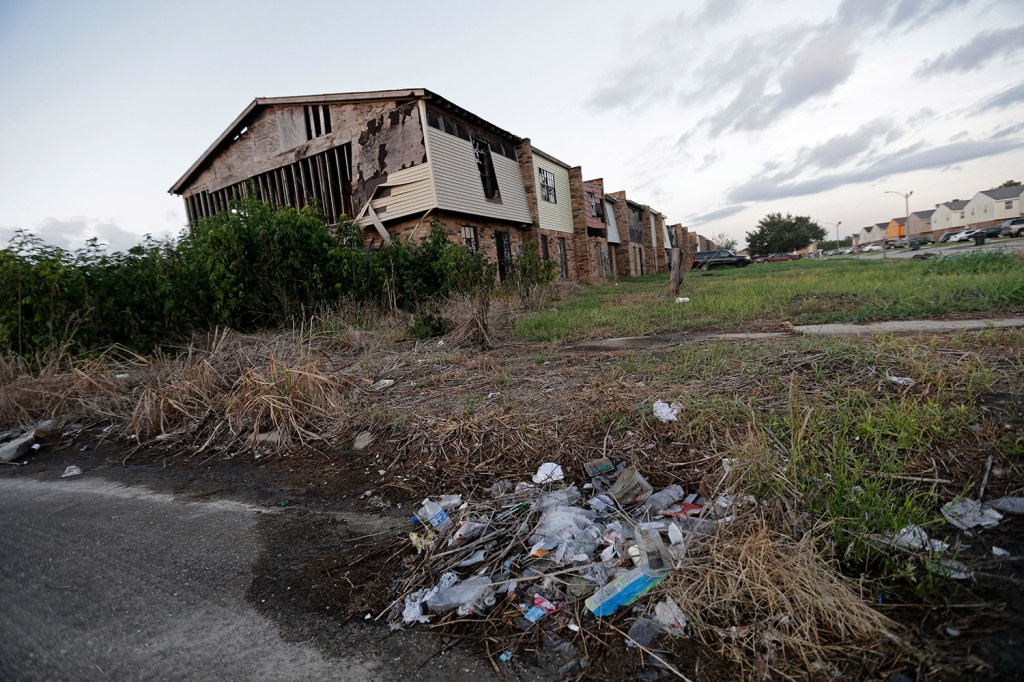

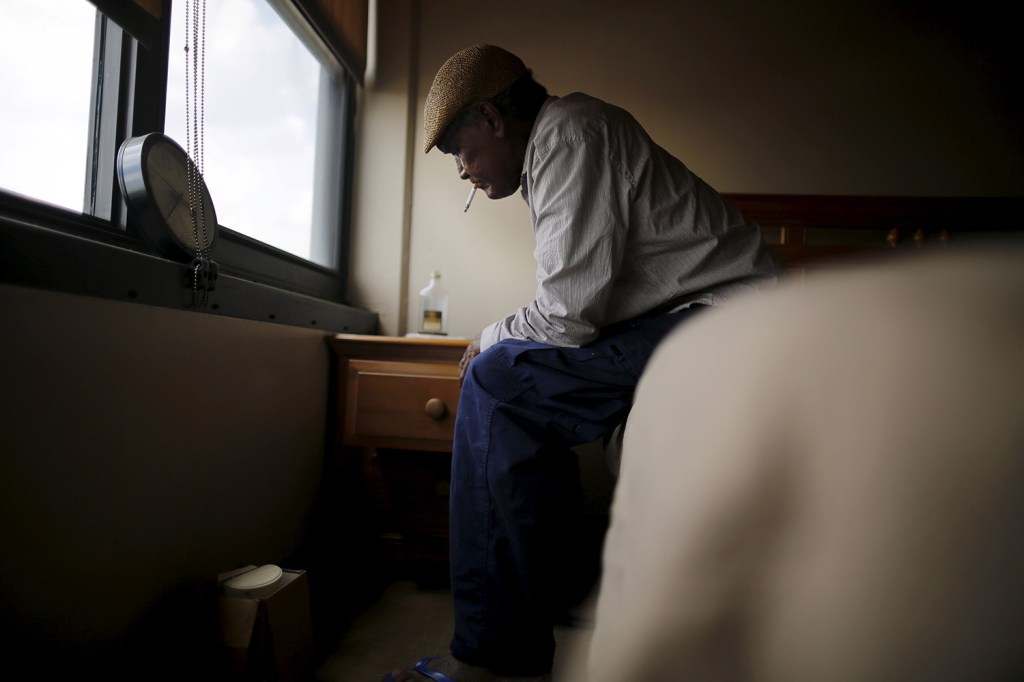
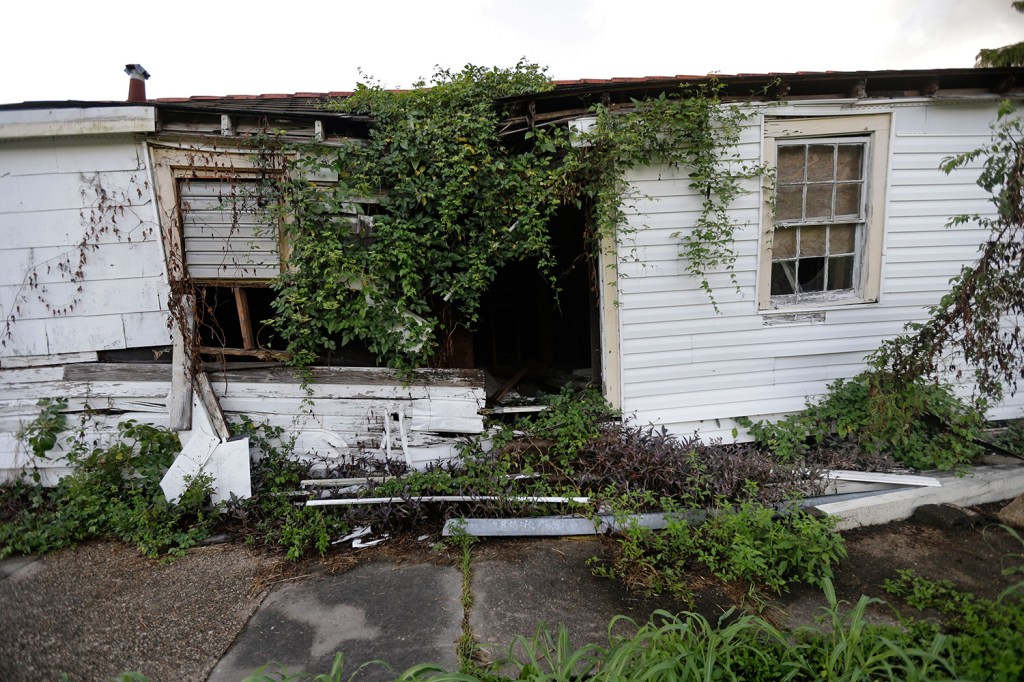
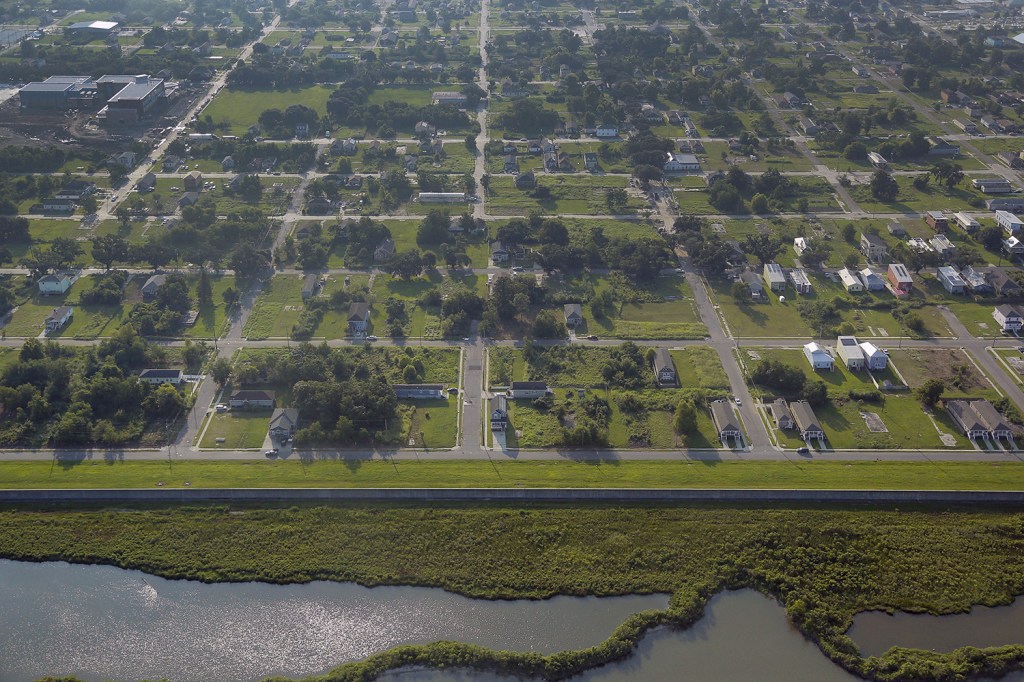


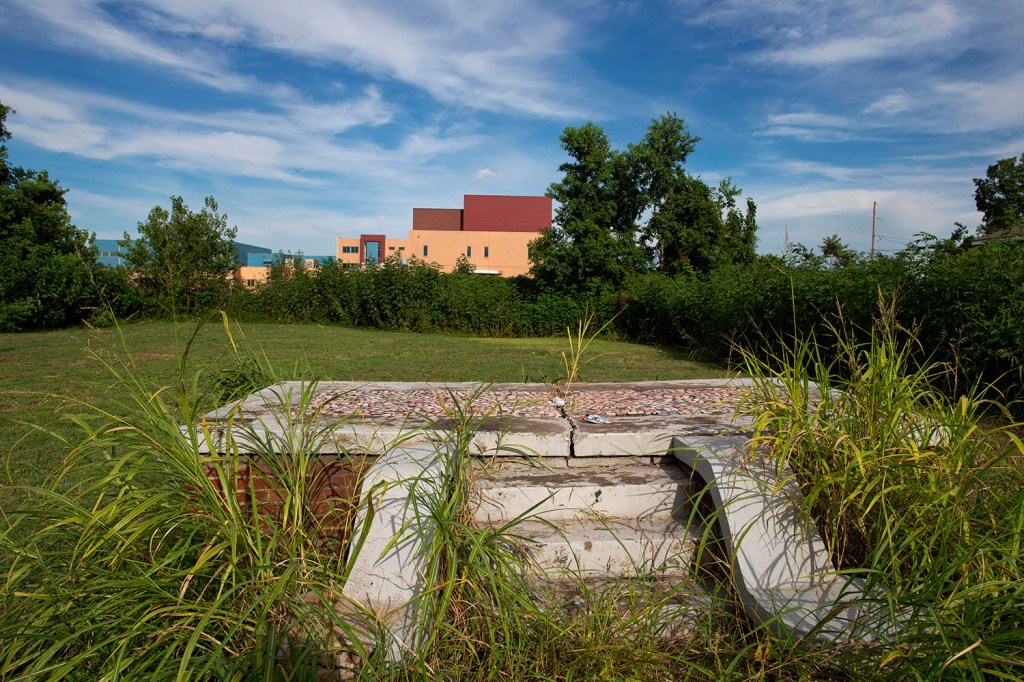
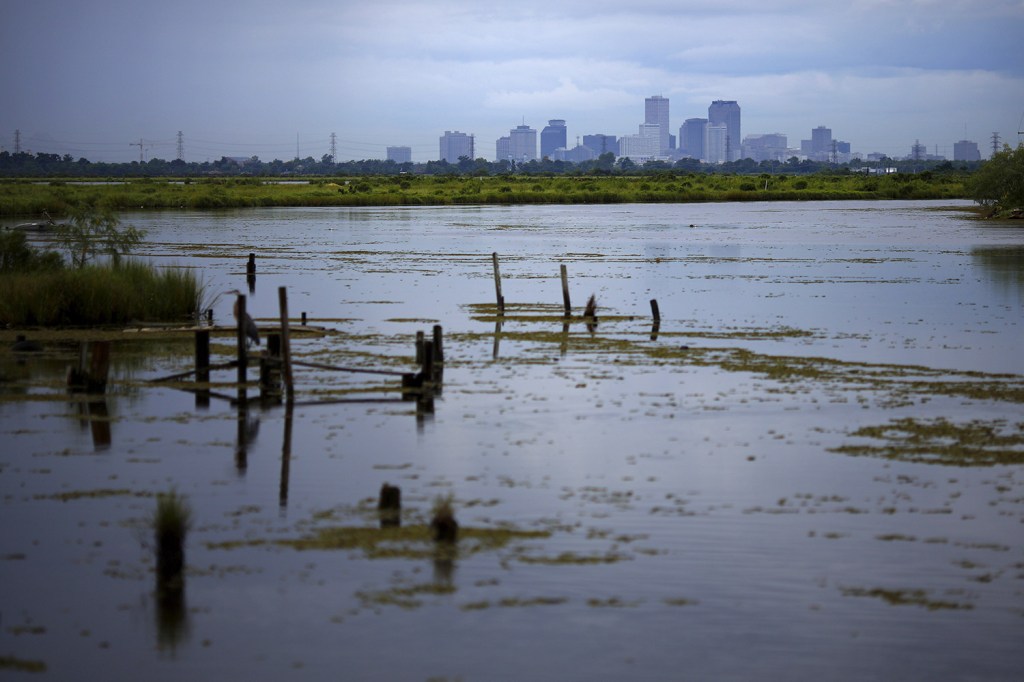
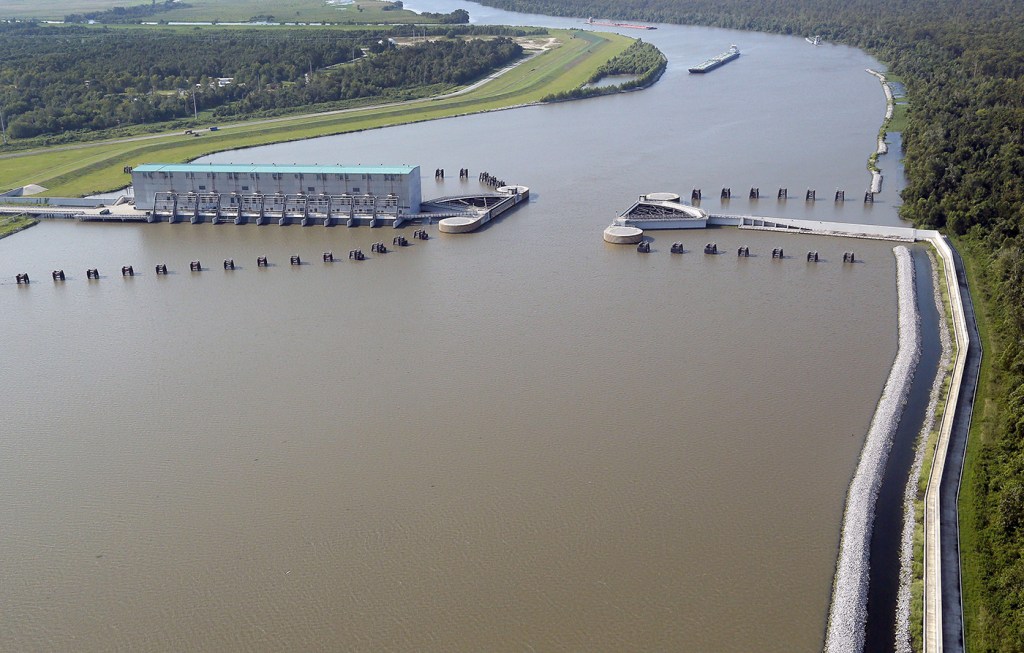

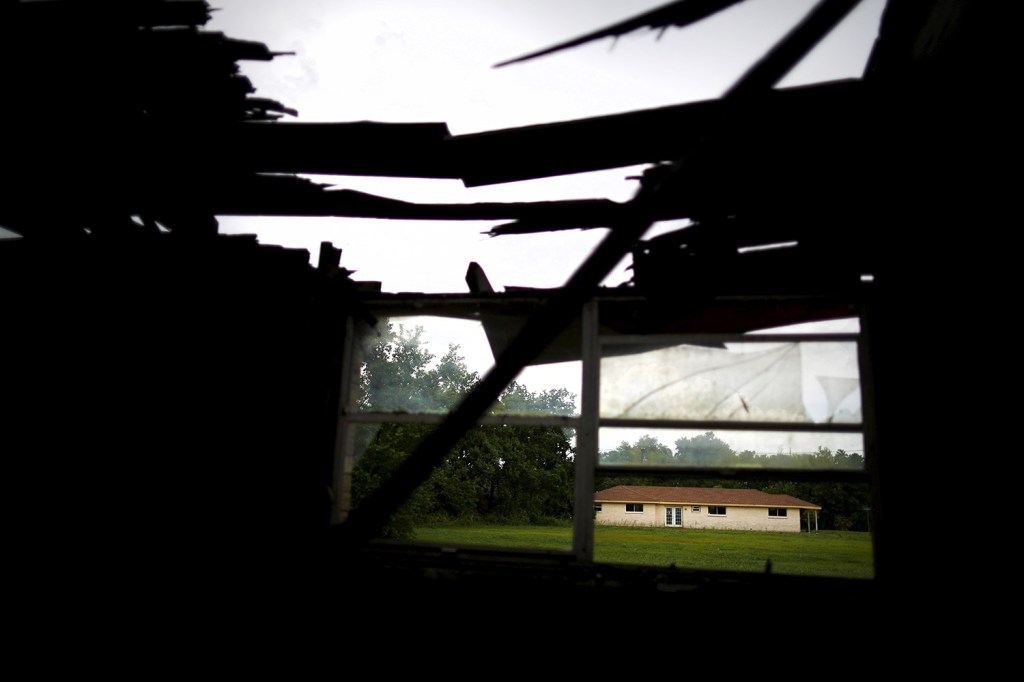
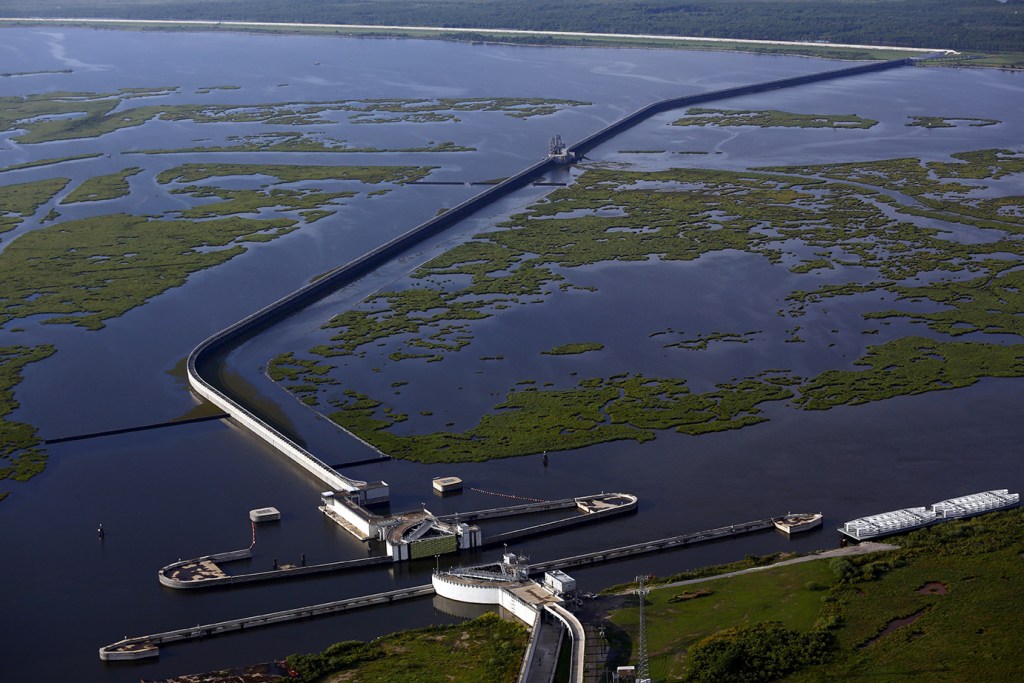
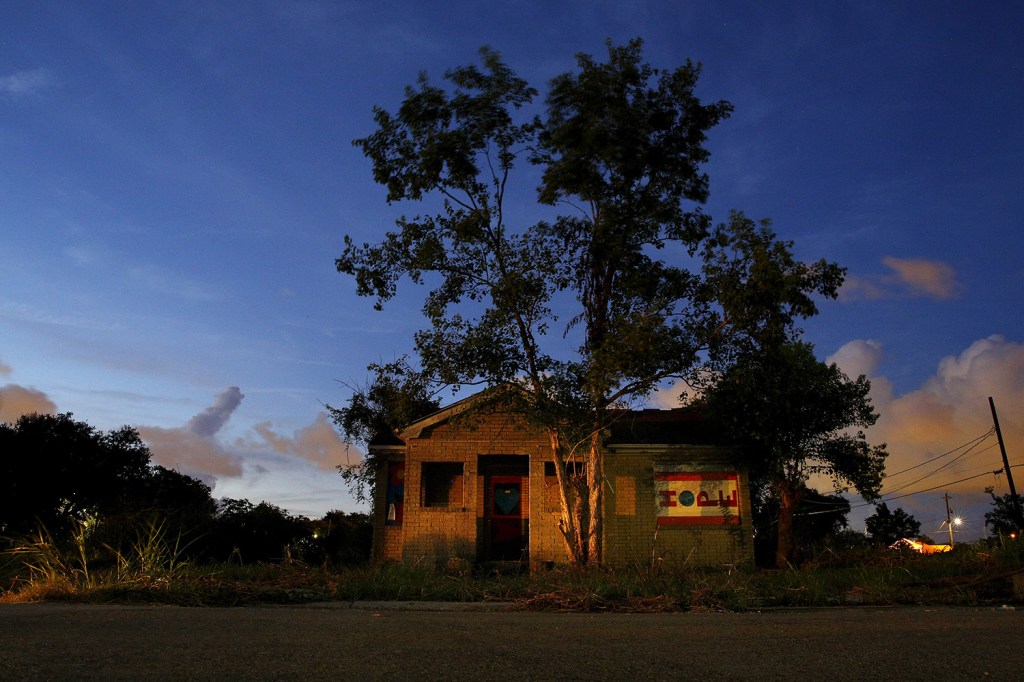
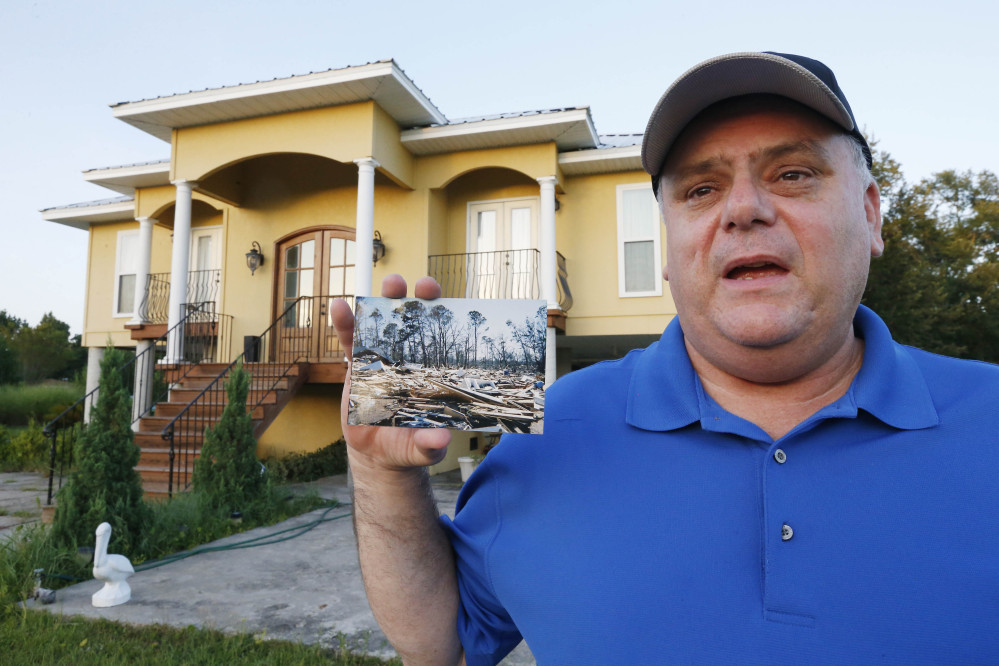

Success. Please wait for the page to reload. If the page does not reload within 5 seconds, please refresh the page.
Enter your email and password to access comments.
Hi, to comment on stories you must . This profile is in addition to your subscription and website login.
Already have a commenting profile? .
Invalid username/password.
Please check your email to confirm and complete your registration.
Only subscribers are eligible to post comments. Please subscribe or login first for digital access. Here’s why.
Use the form below to reset your password. When you've submitted your account email, we will send an email with a reset code.